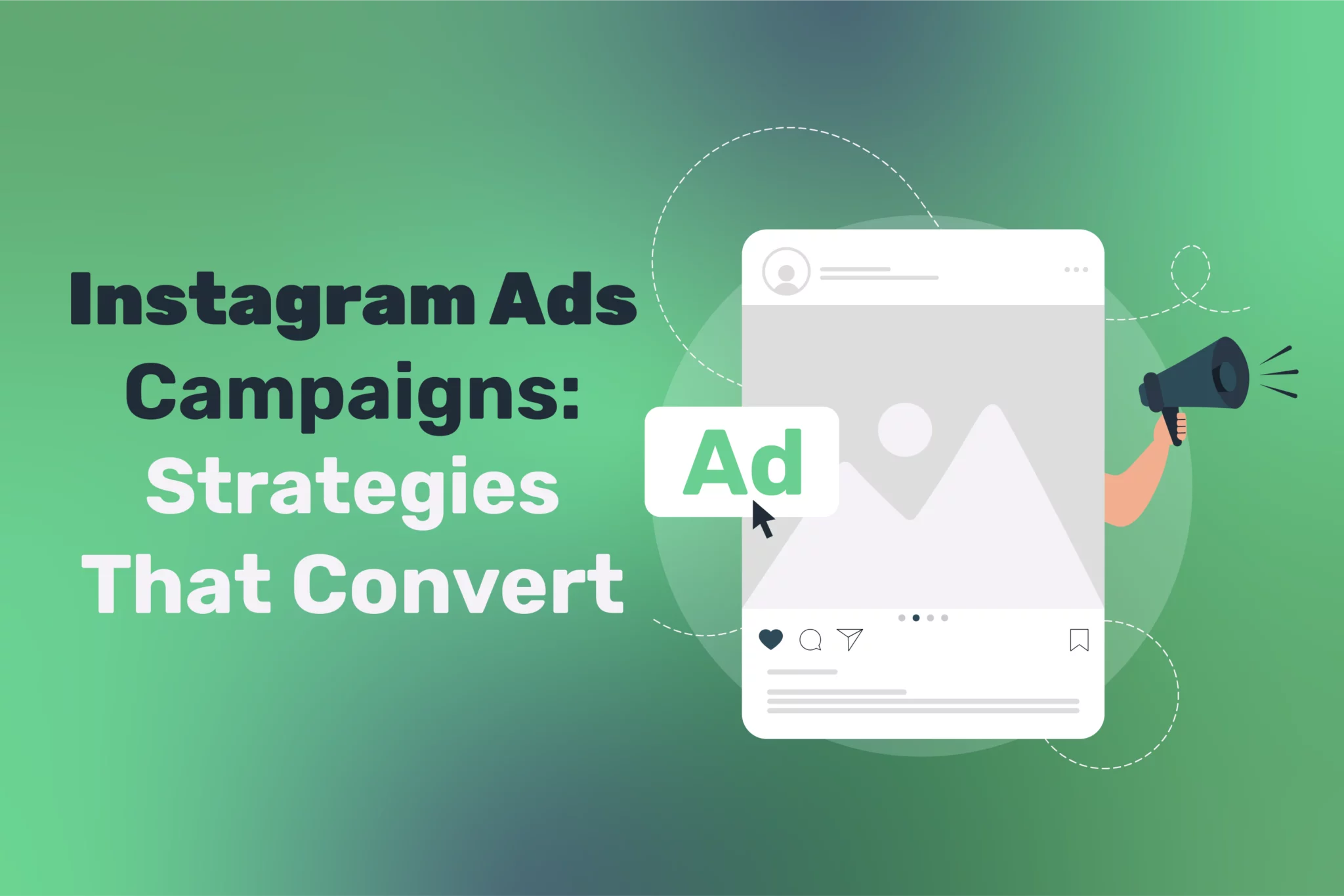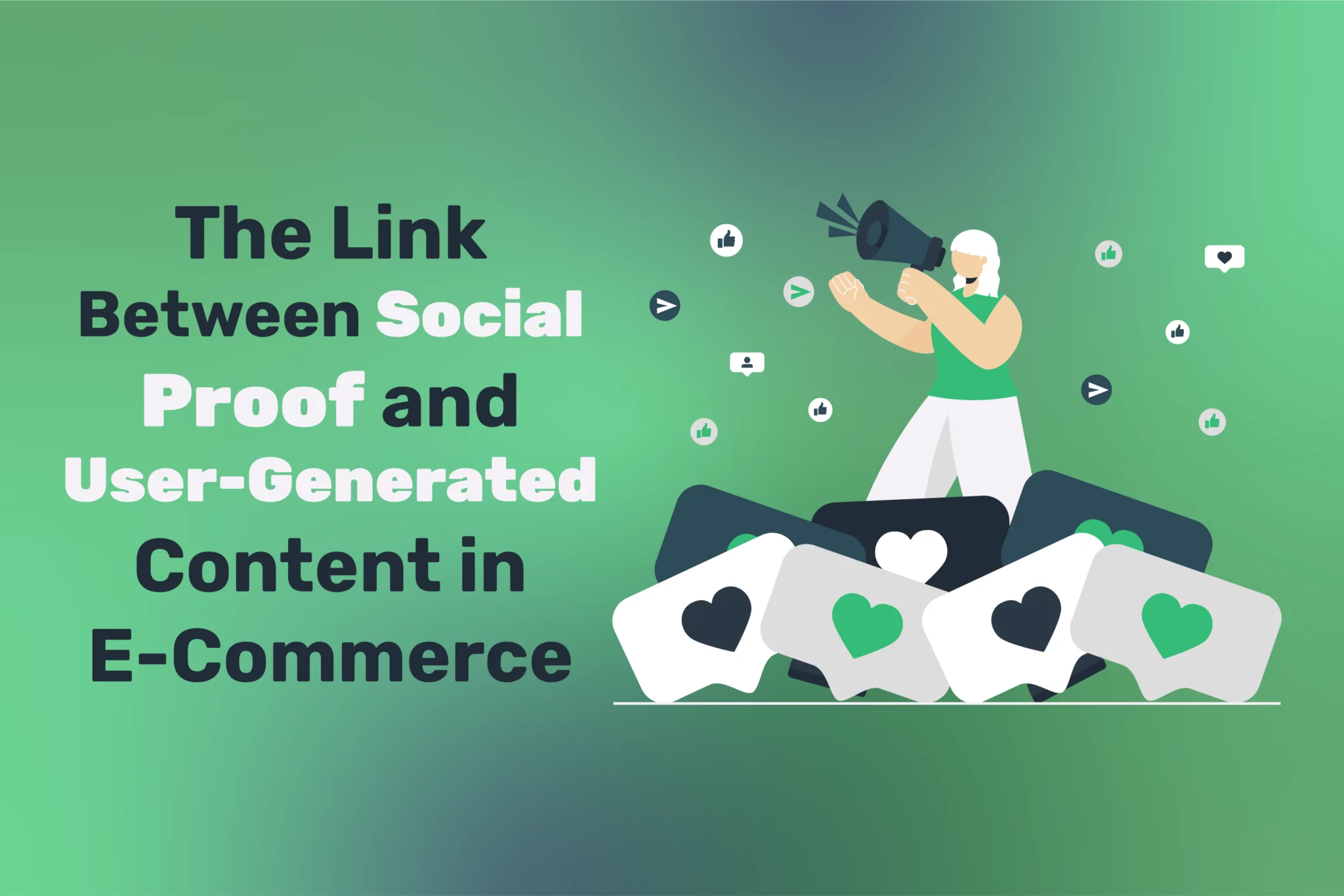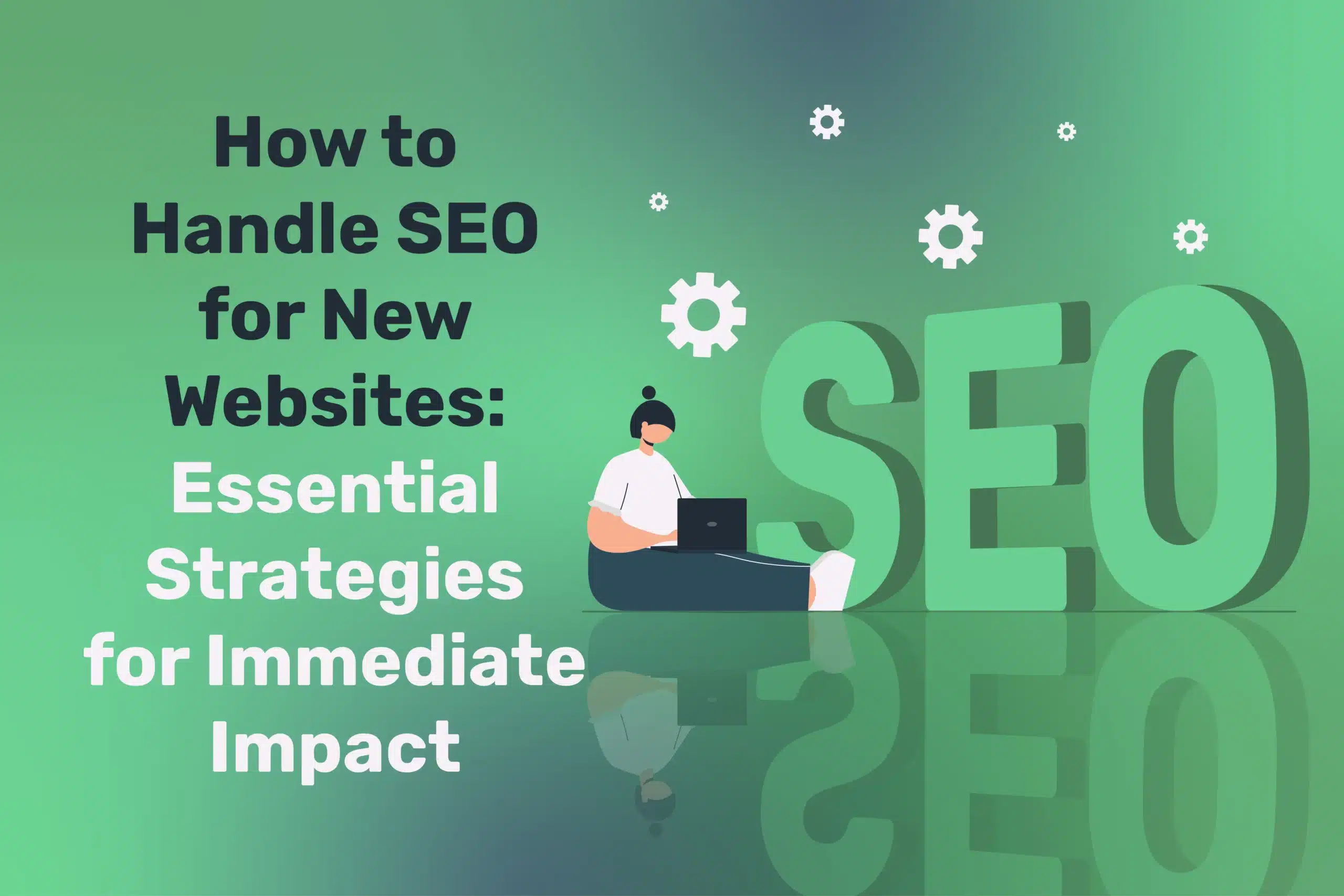
Top 5 Emerging Digital Marketing Trends for 2025
Table of Contents
The digital marketing landscape is evolving rapidly, driven by advancements in technology and shifts in consumer expectations. As we move into 2025, brands must stay ahead by adopting emerging trends that enhance engagement, personalisation, and efficiency. With artificial intelligence (AI) becoming more sophisticated, privacy regulations tightening, and immersive experiences gaining traction, businesses must rethink their strategies to remain competitive in an ever-changing digital world.
From AI-powered content creation to the rise of voice and visual search, new innovations are reshaping the way marketers connect with audiences. Consumer behaviour is also shifting, with people demanding more interactive, personalised, and authentic experiences. Brands that embrace data-driven insights, automation, and emerging platforms will gain a significant advantage, while those resistant to change may struggle to keep up.
In this article, we’ll explore the top five emerging digital marketing trends set to dominate 2025. Whether you’re a business owner, marketer, or content creator, understanding these trends will help you refine your strategies and future-proof your marketing efforts. Let’s dive into the key developments that will shape the digital marketing landscape in the coming year.
“Staying ahead in digital marketing is about balance—knowing which emerging channels or technologies to adopt while remaining true to your brand’s unique strengths. Trend-chasing without strategy can lead to wasted budgets,” remarks Ciaran Connolly, Director of ProfileTree.
Voice Search Optimisation
Voice-enabled search has surged in recent years, and by 2025, analysts predict that over 70% of households could have voice-activated assistants. With smart speakers, phone assistants, and even car infotainment systems becoming more common, a significant portion of searches will likely be voice-based.
Unlike traditional text searches, voice queries tend to be longer, more conversational, and phrased as direct questions. This shift requires businesses to rethink their SEO strategies to ensure they appear in voice search results.
Consumers are drawn to voice search for its speed and convenience—whether they’re asking for directions, searching for local businesses, or getting quick answers to everyday questions. To optimise for this trend, brands should focus on conversational keywords, question-answer formats, and natural language content. FAQ pages with direct, concise responses can rank well, as search assistants often pull information from these sources.
Additionally, structured data and schema markup help search engines understand content better, improving the chances of appearing as a voice search result.
Local SEO is another critical factor, as many voice searches are location-based, with users frequently asking for nearby services (e.g., “Where can I find affordable office furniture near me?”). Businesses should ensure their listings are up to date and incorporate “near me” keywords into their content. As voice search technology continues to evolve, adapting to these changes will be essential for staying competitive.
Brands that prioritise user intent, conversational search optimisation, and seamless mobile experiences will have a strong advantage in 2025’s digital landscape.
AI in Content Creation and SEO
Artificial intelligence is revolutionising digital marketing by streamlining content creation and optimisation processes. AI-based copywriting tools can draft blog outlines, suggest meta tags, and refine ad copy to improve click-through rates. These tools allow marketers to generate high-quality content faster while maintaining consistency across platforms. When combined with human oversight, AI-generated content can be fine-tuned to align with brand voice and audience expectations.
AI-driven content generation has become increasingly sophisticated, with platforms using advanced language models to create entire product descriptions, social media posts, and even long-form articles in seconds. While these drafts can significantly reduce production time, human editors play a vital role in ensuring accuracy, creativity, and brand authenticity. By leveraging AI for initial content creation and refining it through human intervention, businesses can balance efficiency with quality.
Beyond content writing, AI is also transforming SEO strategies. AI-powered tools can analyse competitor keywords, track ranking fluctuations in real-time, and even predict emerging search trends. This enables marketers to make data-driven decisions while AI handles time-consuming research and optimisation tasks. Some agencies report that integrating AI-based SEO tools has reduced research time by 50-60%, allowing them to produce higher-quality content and gain a competitive edge with minimal manual effort.
Despite its advantages, over-reliance on AI can result in generic, repetitive, or off-brand messaging. A human editorial layer remains essential to refine AI-generated content, ensuring it resonates with target audiences. The most effective approach is an AI-human collaboration, where AI accelerates the process and human expertise enhances creativity and strategic thinking. As AI continues to evolve, businesses that adopt this integrated approach will stay ahead in the digital marketing landscape.
Short-Form Video Dominance

Short-form vertical video has become one of the most powerful content formats in digital marketing, driven by platforms like TikTok, Instagram Reels, and YouTube Shorts. These quick, engaging clips—typically lasting between 15 to 60 seconds—are designed to capture attention instantly and deliver entertainment or information in a fast, digestible format. With modern audiences having shorter attention spans and preferring snackable content, short videos provide an ideal way for brands to connect with consumers in an engaging and visually dynamic manner.
Why It Works
Short-form videos resonate because they align with how users naturally consume content today—swiftly scrolling through feeds, reacting, and sharing without committing to lengthy watch times.
Unlike traditional long-form video, these clips allow for instant gratification, delivering high-impact messages within seconds. The algorithmic structure of platforms like TikTok and Reels also favours engagement, meaning that brands that master short-form storytelling have the potential to go viral and achieve massive reach organically.
What Makes Short Videos Stand Out
To maximise engagement, brands must capture attention within the first few seconds of the video. Strong hooks—whether through intriguing visuals, bold text overlays, or an engaging question—are critical to preventing users from scrolling past. Creative transitions, trending music or sounds, and interactive elements like polls or challenges further enhance engagement.
User-generated content (UGC) is another major success driver, with features like TikTok “duets” and Instagram collaborations allowing audiences to interact directly with brand content, fostering a sense of community.
Businesses Leveraging Short-Form Video
Brands across industries are integrating short-form video into their marketing strategies in innovative ways. Product-based businesses are using them for quick product demos, tutorials, and unboxings to showcase value in seconds. Behind-the-scenes glimpses, customer testimonials, and user tips help humanise brands and build authenticity.
Even B2B companies are embracing short videos, using them to break down complex topics into easily digestible insights, share success stories, or inject humour into their branding.
The Future of Short-Form Video
As platform algorithms continue to prioritise video content, the dominance of short-form video is only expected to grow. Brands that fail to adapt risk losing visibility and engagement to competitors who leverage this format effectively. The key to success lies in consistency, creativity, and staying on top of platform trends.
By strategically integrating short-form video into their digital marketing plans, businesses can drive stronger audience connections, boost brand awareness, and remain relevant in the fast-paced world of content consumption.
“Short-form video is a huge equaliser. A small local brand can earn global attention if the content resonates. But consistency matters—regular, authentic clips often outperform one-off glitzy productions,” suggests Ciaran Connolly.
Data Privacy and Trust-Focused Marketing
In recent years, data privacy has become a pressing concern, with both consumers and regulators demanding greater transparency and stricter controls over personal data collection and usage. The gradual phasing out of third-party cookies, the rise of stringent data protection laws like GDPR and CCPA, and highly publicised data breaches have heightened public scrutiny. As a result, consumers are more aware than ever of how their data is being tracked, leading to a shift away from intrusive marketing tactics toward more ethical, trust-based strategies.
This growing awareness means marketers must adapt to a world where third-party tracking is no longer a reliable strategy. Instead, first-party data—the information brands collect directly from their audiences through voluntary interactions—will play a crucial role in shaping marketing efforts. Consent-based marketing, where users knowingly and willingly share their data in exchange for value, is becoming the norm. To succeed in this new environment, businesses must abandon aggressive tracking techniques and instead prioritise building direct, transparent relationships with their customers.
Importantly, consumers are not necessarily opposed to personalised experiences; rather, they want control over how their data is collected and used. Brands that implement clear data policies, ensure secure handling of personal information, and effectively communicate their privacy measures can build trust and stand out from competitors. When users feel confident that their data is being handled responsibly, they are more likely to engage and willingly share information, leading to better and more meaningful personalisation that enhances their experience rather than feeling intrusive.
To foster this trust while still collecting valuable insights, brands must refine their first-party data collection strategies. Encouraging newsletter sign-ups, loyalty programmes, gated content, and interactive experiences—such as quizzes or surveys—allows businesses to gather data in a way that feels natural and beneficial to users. Offering incentives like exclusive content, discounts, or personalised recommendations in exchange for data helps create a mutually beneficial relationship, where customers feel empowered rather than exploited.
As regulations tighten and consumer expectations continue to evolve, brands that proactively embrace privacy-first marketing will be the ones that thrive. Those who fail to prioritise transparency and ethical data collection risk damaging their credibility and losing customer loyalty. By shifting toward responsible data practices, strengthening security measures, and delivering genuine value in exchange for personal information, businesses can future-proof their marketing strategies while building lasting relationships based on trust and respect.
Interactive and Immersive Content
User expectations are shifting beyond passive content consumption—modern audiences crave interactive experiences that engage them in meaningful ways. Quizzes, polls, augmented reality (AR) filters, 360° videos, and immersive storytelling are redefining how brands connect with consumers. By 2025, these interactive elements will become an essential part of digital marketing strategies, bridging the gap between physical and digital interactions while significantly boosting engagement, retention, and conversions.
Immersive AR/VR Experiences
Augmented and virtual reality are no longer futuristic concepts—they are rapidly becoming mainstream tools for enhancing customer experiences. Retail brands enable shoppers to virtually try on outfits, experiment with makeup looks, or place 3D furniture in their homes before purchasing. Real estate agencies use immersive 3D property tours, allowing potential buyers to explore homes remotely.
Travel and tourism brands offer virtual previews of destinations, helping travellers visualise their trips before booking. These interactive experiences create stronger emotional connections, making customers more confident in their purchasing decisions.
Gamification
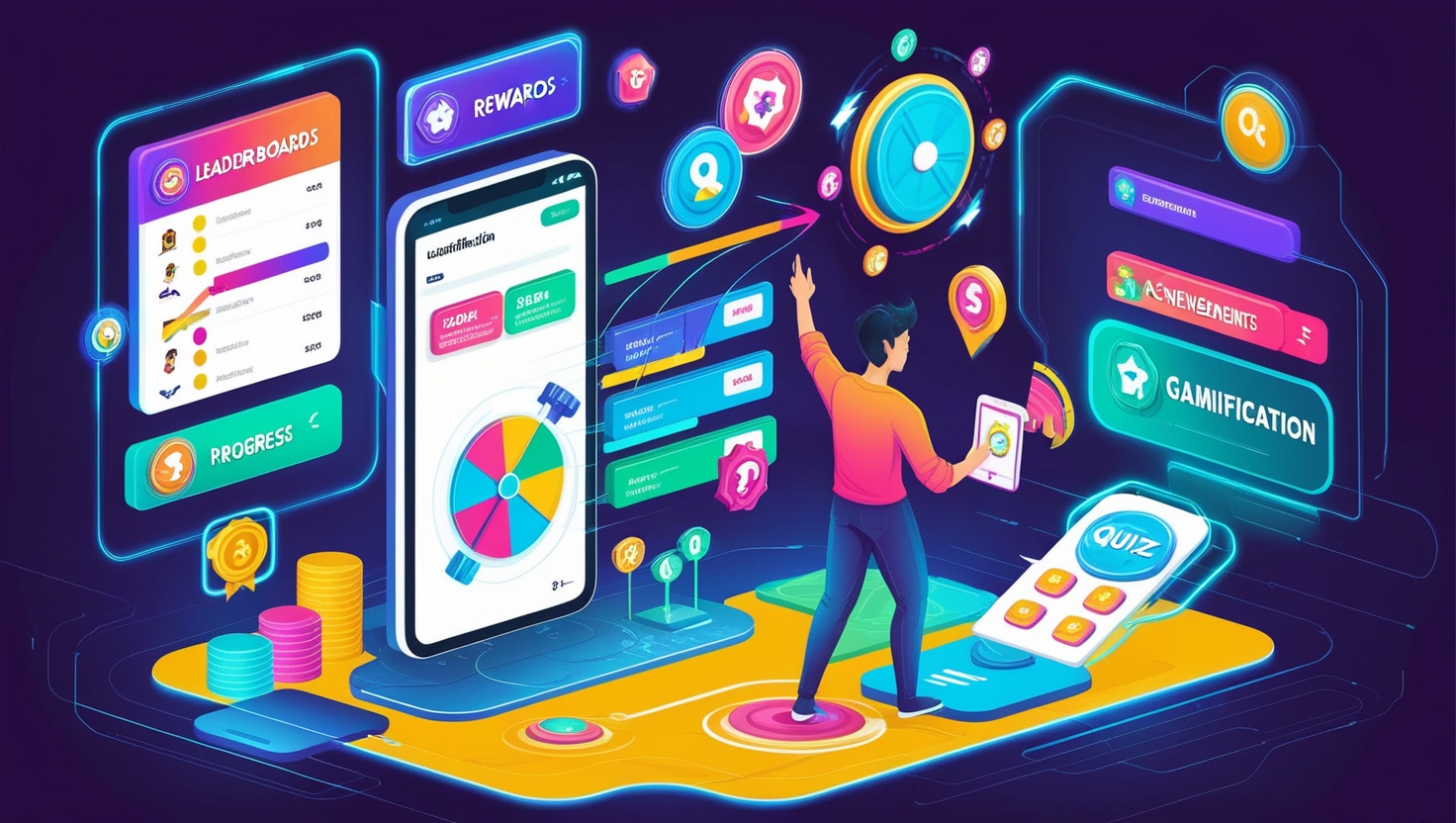
Adding game-like elements to marketing campaigns encourages participation and extends engagement time. Brands are implementing features such as leaderboards, achievement badges, and mini-games to keep users entertained while subtly guiding them through the customer journey.
For instance, a skincare brand might introduce an interactive skin assessment quiz that recommends personalised products, or a fashion brand could develop an AR-powered “virtual makeover” tool. Gamification not only enhances user enjoyment but also provides brands with valuable insights into consumer preferences and behaviours.
Live Polls and Interactive Videos
Real-time engagement tools like live polls and interactive videos are transforming how brands communicate with their audiences. Platforms now allow viewers to influence story outcomes, vote on product features, or provide instant feedback. This two-way interaction makes audiences feel more connected and valued, increasing brand loyalty.
Brands can use these tools for live Q&A sessions, product development input, or choose-your-own-adventure-style advertisements that let users control the narrative.
Shoppable and Clickable Content
Interactive shopping experiences are also on the rise, where users can click directly on products featured in videos, images, or live streams to purchase instantly.
Instagram, TikTok, and YouTube have already integrated shopping features that allow brands to create engaging, seamless paths from content to conversion. This frictionless approach not only boosts sales but also enhances the user experience by reducing the steps required to make a purchase.
Data-Driven Personalisation
Interactive content isn’t just engaging—it also serves as a powerful tool for gathering actionable consumer insights. When users participate in quizzes, AR experiences, or polls, brands collect valuable data on their preferences, behaviours, and needs. This data can then be used to deliver highly personalised marketing messages, improving relevance and increasing the chances of conversion.
The Power of Interactive Content
Studies show that interactive content generates engagement rates that are 2–3 times higher than static content. This heightened level of involvement leads to increased brand recall, longer session durations, and greater sharing potential. With users actively participating rather than passively consuming, brands have more opportunities to foster meaningful connections and drive conversions.
The Future of Engagement
As digital experiences evolve, interactivity will become an expectation rather than an added bonus. Brands that invest in immersive, gamified, and interactive content strategies will stand out in an increasingly crowded digital landscape. Whether through AR try-ons, live polls, or personalised quizzes, the brands that create engaging, participatory experiences will be the ones that thrive in the digital marketing world of 2025.
Engagement rates on interactive content can be 2–3 times higher than static content, as users feel more involved. This not only increases brand recall but can generate actionable data (e.g., user preferences gleaned from a quiz).
Recapping the Emerging Digital Marketing Trends
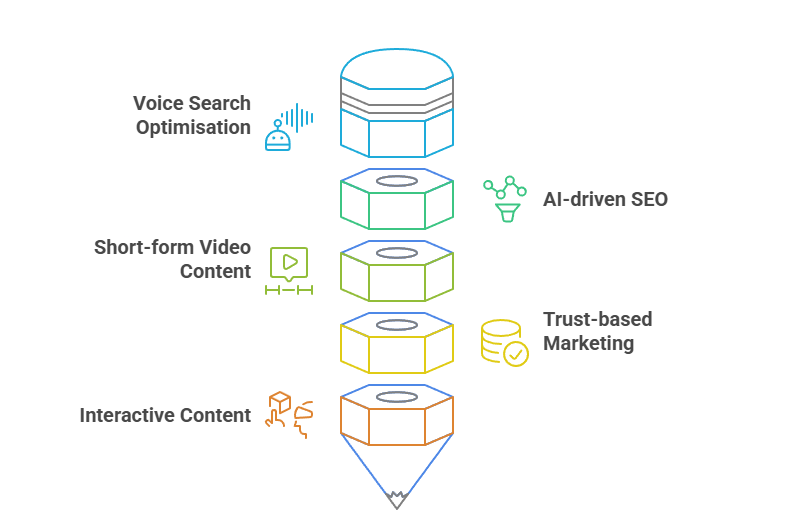
Implementing these trends effectively requires an integrated approach:
- Voice search emphasis might mean overhauling your FAQ pages, adopting a more conversational tone, and ensuring your local listings are accurate.
- AI-driven SEO and content might help you churn out more frequent, relevant posts, or run real-time keyword analysis to capture trending searches.
- Short-form video demands a new content style—fast, snappy, and vertical-friendly—possibly tapping into younger audiences on TikTok or Reels.
- Data privacy changes require building trust-based relationships, capturing first-party data ethically, and respecting user consent at every turn.
- Interactive content can amplify engagement across all channels, from immersive website experiences to AR-laced social campaigns.
The common thread is user-centricity. Meeting people where they are—on voice assistants, short-form video apps, or interactive AR experiences—while respecting their data boundaries fosters loyalty and brand affinity.
“The best marketing trends are those that fit your audience’s lifestyles and preferences. Don’t chase every hype. Instead, align these emerging tactics with your brand story and ensure you’re adding genuine value,” advises Ciaran Connolly.
Potential Pitfalls and Considerations
While these trends offer exciting opportunities, it’s essential to approach them strategically to maximise their impact.
One common pitfall is overextending—attempting to implement every emerging trend at once can stretch resources too thin and dilute focus. Instead, assess which trends align best with your brand’s goals and audience preferences. Prioritising the right innovations will yield better results than trying to do everything at once.
Another critical factor is quality vs. quantity. Rushing to push out short-form videos or AI-generated content without careful planning can lead to low-quality output. If content appears generic, unpolished, or lacks originality, audiences may quickly lose interest. Consistency matters, but it should never come at the cost of meaningful, engaging storytelling.
Skill gaps also present a challenge. Each new trend or tool—whether AI analytics, AR content development, or interactive media—often requires specialised knowledge. To execute effectively, brands should invest in upskilling their teams or collaborating with industry experts. Without the right expertise, attempts at innovation can feel half-baked and fail to achieve the desired impact.
Lastly, ethical use of data remains a top priority. Personalisation can enhance user experiences, but it must be done with transparency and strict adherence to data governance policies. Mishandling personal information or failing to secure user trust can lead to significant reputational damage. A responsible approach to data privacy will not only protect your brand but also strengthen customer loyalty in the long run.
Preparing for the Future
The marketing landscape is in constant evolution, but the changes looming before 2025 seem particularly profound. Voice search, AI-driven automation, short-form video dominance, privacy-focused engagement, and immersive content are reshaping how brands connect with consumers. Businesses that adapt early, experiment responsibly, and remain authentic are likely to thrive.
If you want to harness these trends while staying true to your brand, ProfileTree is here to help. From AI-led content strategies to video marketing solutions, we offer the insights and services you need. Book a call with our experts to future-proof your digital marketing approach and stand out in an ever-shifting environment.


